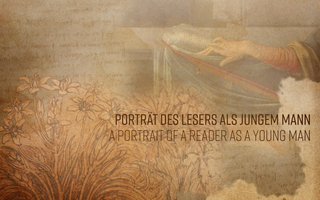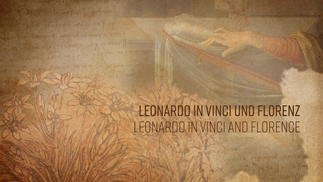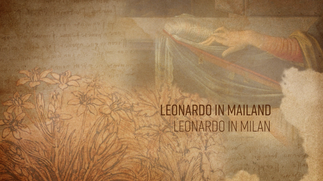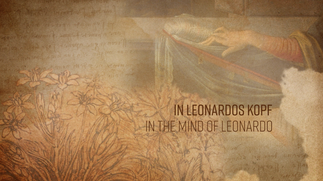
Roots <
Writing so particularly about kites must be my destiny, because in my first childhood memory, it seemed to me that, as I lay in my cradle, a kite came to me and opened my mouth with its tail, and beat the inside of my lips with its tail several times
Leonardo da Vinci
Codex Atlanticus, fol. 186v. Translation: Elizabeth Hughes
Leonardo was the illegitimate son of the notary Ser Piero di Antonio da Vinci (1427–1504) and a farmer’s daughter, Caterina. He spent his childhood in the house of his paternal grandfather Antonio (d. 1464) in the rural area of Vinci, some distance away from the metropolis of Florence. This may have encouraged his personal initiative and ultimately his independent spirit.
Aside from basic religious knowledge and familiarity with the literary classics in the Italian vernacular, the cultural education of the broad merchant and notary class at that time mainly involved a practical mastery of the arithmetic techniques needed for commercial accounting. Families usually owned small libraries of around a dozen books that were passed down through the generations. The typical collection included an edition of the Bible—often in Italian—and other religious works (collections of acts of the saints, confessionals, psalms, and sermons) as well as the vernacular classics of the literary triumvirate of Dante, Petrarch, and Boccaccio. An arithmetic book (libro d’abaco) was indispensable for reference and as a textbook for everyday mathematical tasks. Additionally, the head of the family consecutively recorded memorable events and recollections (ricordanze) in a family album. Some family members also tried their hand at writing edifying texts. Leonardo’s half-brother Lorenzo (1480–1531), a wool merchant, wrote two short religious tracts. Most of the works were still handwritten codices. Book printing was still in its infancy when Leonard was young, but this would soon change rapidly, in Italy as elsewhere.
Merchants Knowledge






